Ping. “Don’t bother me.”
Consumers don’t like being reminded to buy something. But they will tolerate it if they have some say in how they are notified.
Preference centers are emerging as a way for digital marketers to stay in touch with their customers without displeasing them. Brands can set-up a front-end where consumers can choose how often they want to be notified, through which channel, as well as what kind of information they are interested in hearing about.
The technique yields zero-party data and can be used to build a long-term customer relationships. But trust is required, so don’t be evil. Customers will enter this bargain so long as you promise to respect their wishes and keep their data private.
Back in the Stone Age…
…marketers tried hard to figure out how often they could contact their customers, usually via e-mail. Even time of day and the substance of the message were taken into account as “judgment factors”. But that approach was not foolproof.
“Email marketing can cause inbox fatigue.” noted Alex Cash, director of strategy at OneTrust PreferenceChoice, which offers a consent and preference management platform. “As people have become flooded with marketing emails over the past few years, they become irritated and sometimes ignore inboxes altogether. Unfortunately for marketers, this means fewer opens and more unsubscribes.”
“Our pockets have been buzzing and beeping more [in] the years since the introduction of the iPhone.” said Nirish Parsad, practice lead for privacy, identity and marketing tech at Tinuiti. “We’ve got text messages, push notifications, and various forms of in-app notifications, all fighting for some attention. So, the shortcomings? If your comms strategy in 2022 is just email, that’s a lot of effort for a 20% open rate, if you’re lucky.”
“In the past, B2B and B2C both had very detailed and granular preference centers, with the hopes of limiting the number of unsubscribes, but that over-complicated the operation.” said Lauren Harrison, senior marketing consultant at CloudKettle, a consulting firm. Sometimes firms asked for too much information. “Preferences were ignored, and recipients stopped wanting to fill the whole form out.” she said.
Ready, ask, aim, fire
So why not ask the customer how they want to be informed, and let them set the controls? That sounds easy. But marketers must give a lot of thought to how they want to set up a preference center. What information can you ask for without frustrating the customer? You don’t need to find out their entire life story when you ask them to fill out a form.
“Think about your onboarding experiences, quizzes and surveys, and areas where preferences can be remembered to make the experience better.” Parsad said. “Customers want personalization, so it’s important to use this information to transform the web experience. You’re learning a lot more about them than just their name, email and address.”
Cash put the preference center in a strategic context, as part of a data management strategy. “Marketers should look for solutions that can integrate with existing customer journeys and UIs like webforms, whilst also providing flexible UIs out of the box for additional data and consent capture.” he said.
“A preference center is not an ideal place for data collection for B2B and B2C, as it really should empower the user to manage how they would like to be communicated.” Harrison said. “In collecting information about [the customer] and their preferences, you are allowing them to control the content.”
Build it right and they will come
Marketers can make strategic choices when constructing the preference center. But those choices should be supported by data. Here A/B testing comes into play. “Develop a few different versions of the form, asking different questions and measure which has the most form fill-outs, and which has the most people drop off part way through.” Harrison said.
“Another method is doing focus groups with customers to obtain feedback directly from them on what works and doesn’t.” Harrison added. “It is a good practice to have someone outside of marketing/sales review the form to ensure it makes sense and is not too complicated.”
“Marketers can gauge success from several metrics: Opt-in and opt-down rates, unsubscribes, or the development of first-party and zero-party data sets.” Cash said. Analysis can determine “which initiatives are most effective, and shine light on how trust and transparency are leading to ROI.”
“Net promoter score (NPS) is a great indicator, and I wish marketers used customer delight metrics to guide various strategies.” Parsad said. “Customer loyalty and retention are other great metrics to start looking at.”
Read next: How to extract value from zero-party data
Don’t miss these steps
Pay attention to the details, since mistakes will compromise the preference center and undermine your marketing strategy.
Harrison pointed out the need to work with a graphic designer to make sure the e-forms look good and render well across all browsers and devices. Avoid asking for information you don’t need. Be sure you can deliver on your promise, whether it is a communication limited to certain topics or frequency. “If you give an option to set communication limits, make sure you actually have the technical ability to comply with that request.” Harrison said. “Finally, ask yourself if you are compliant with anti-spam laws. Remember that this is based on the location of the recipient, not your business.”
“Consider a preference center as a growing component of the user experience.” Cash said. “Do winning marketers develop a marketing plan one year and then rinse-and-repeat the same plan every year after? Of course not, and preference management is the same.”
Parsad put down this checklist:
- A preference center pulls in any part of your organization that communicates or interacts with the customer. Marketing, sales, customer service, operations, billing, etc.
- Map out all the interactions, and identify all the areas where you are capturing data – both zero party and first party.
- Be transparent, and prepare to give your customers control over their data.
- Choice, control and transparency are what are necessary.
- Deliver immediate value.








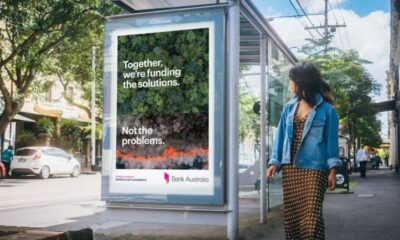







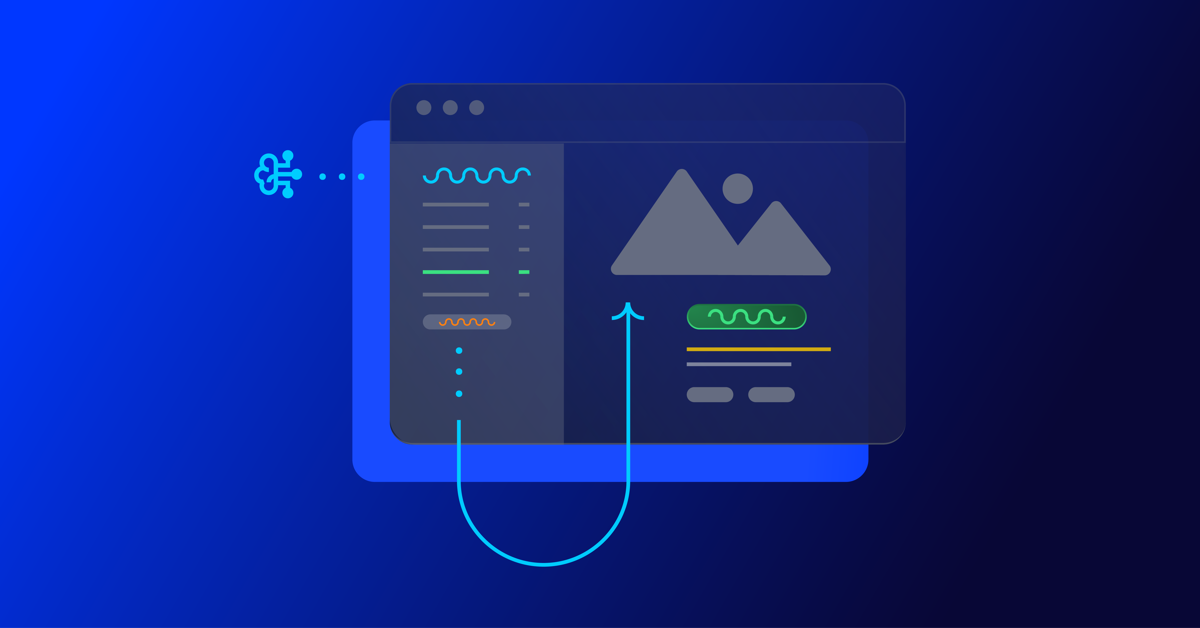
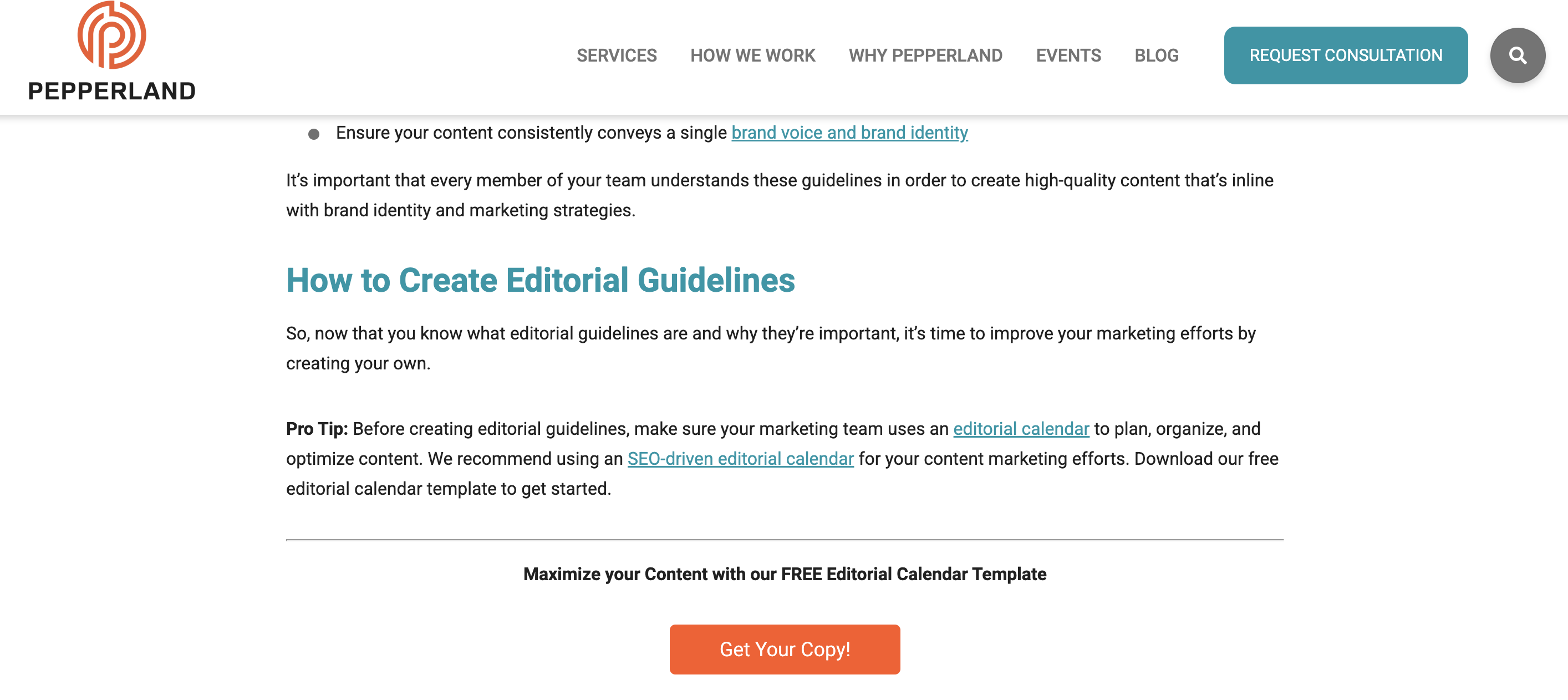
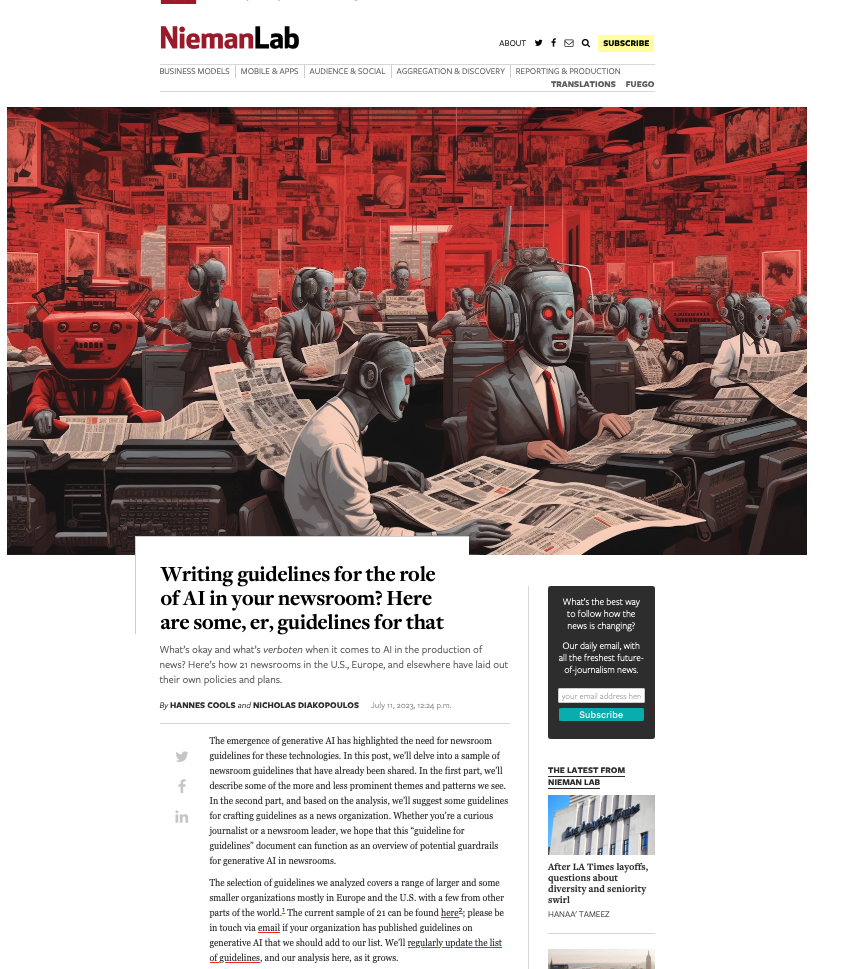
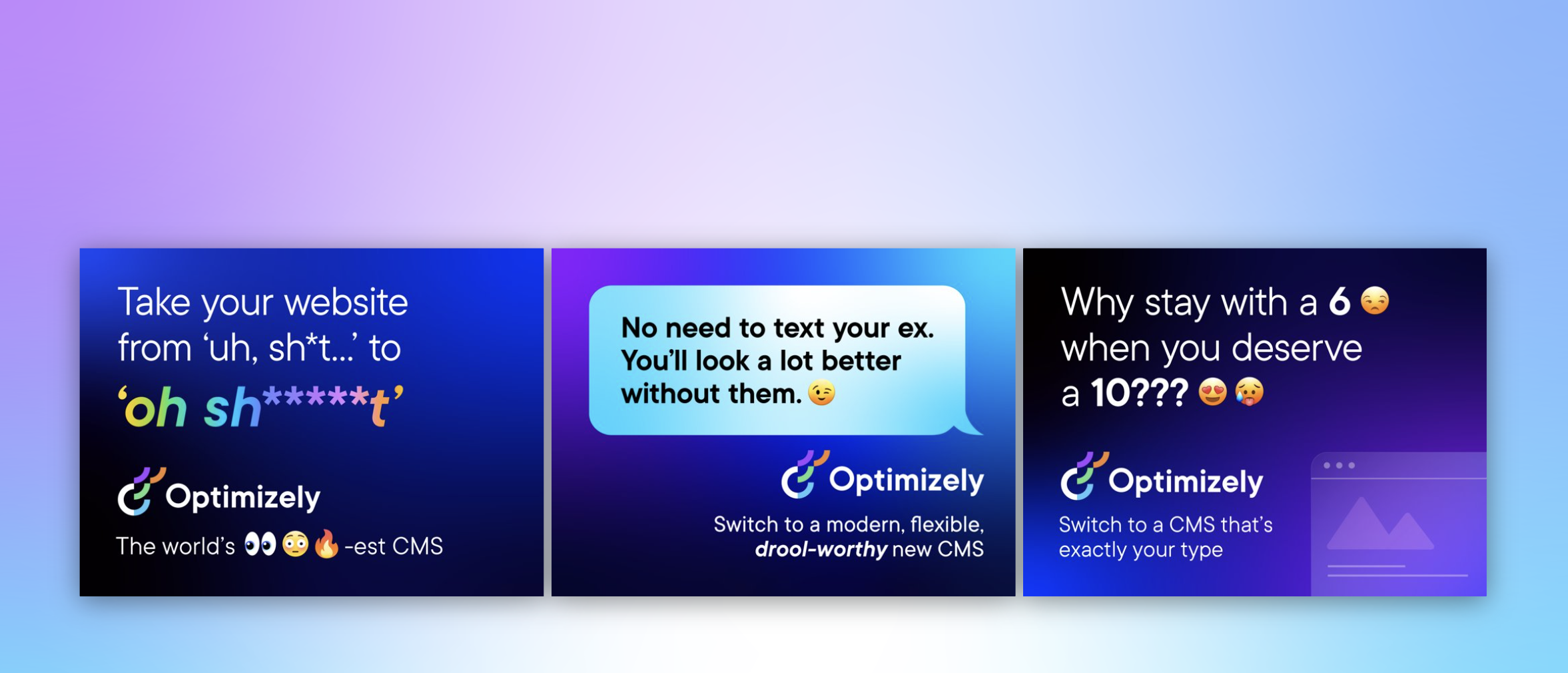
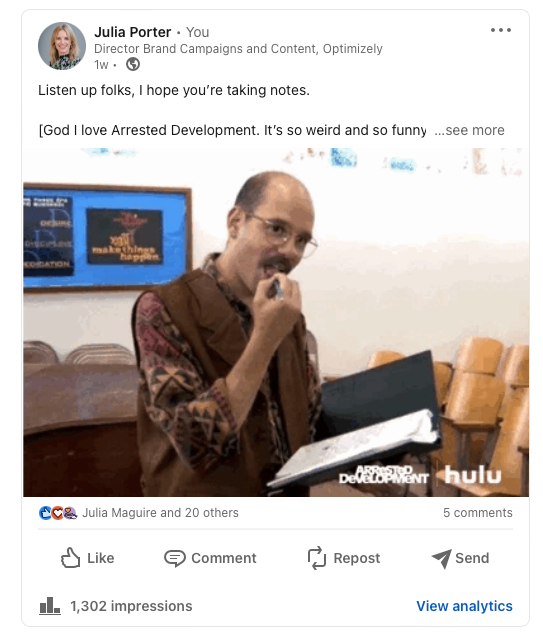
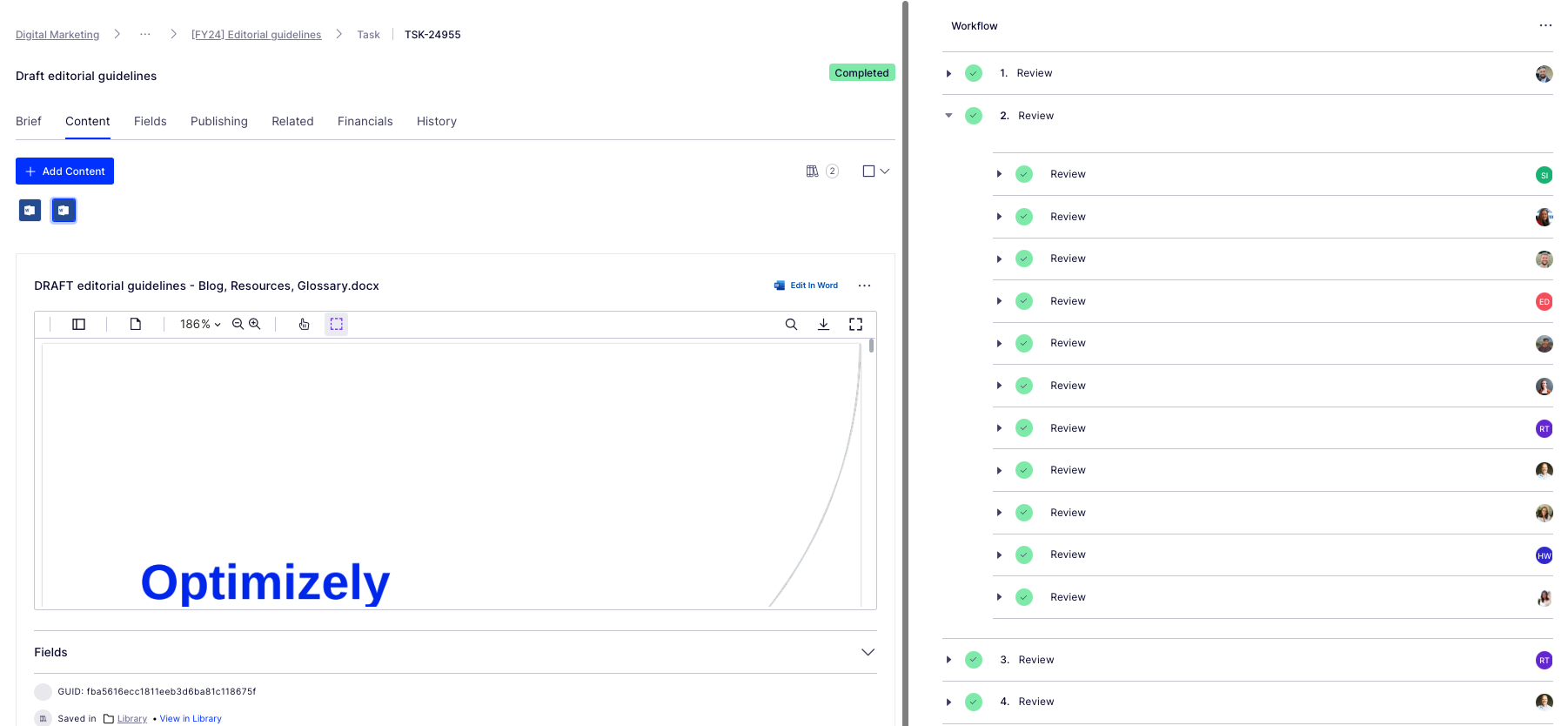
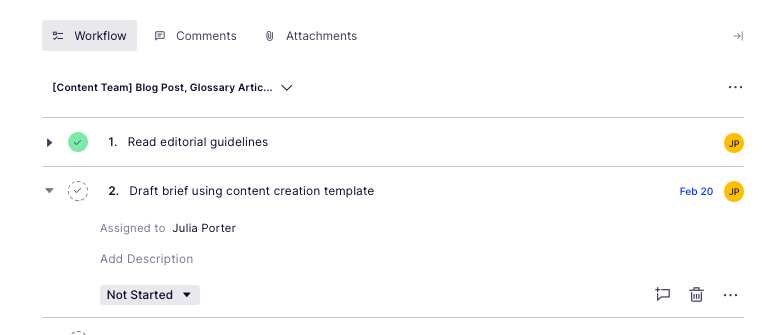



















You must be logged in to post a comment Login